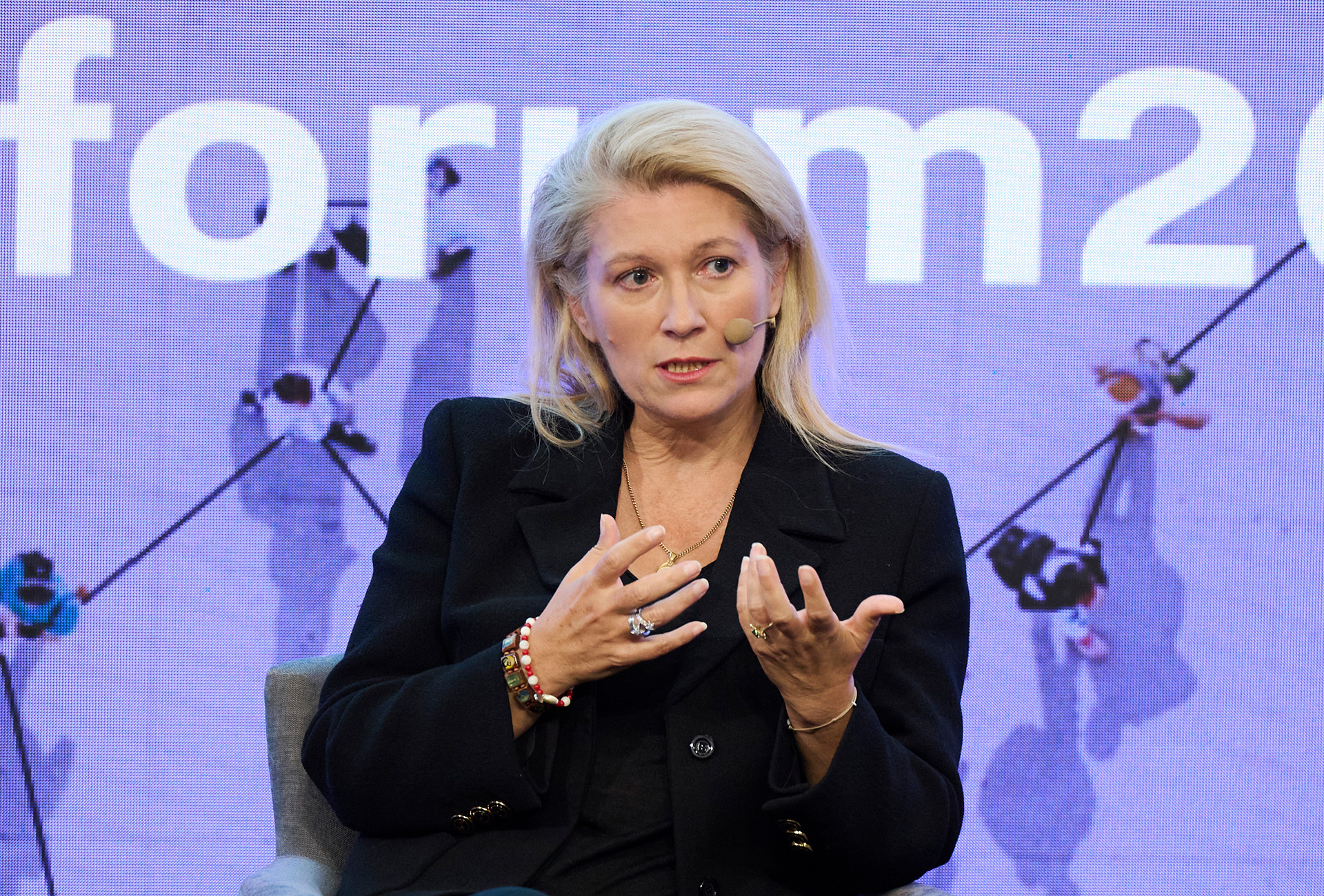Yes, the Watch & Jewellery Initiative 2030 is a recent project, launched last year by Cartier and Kering, and no, it isn’t an empty vessel for managers looking to ease their conscience. It aligns with the 17 Sustainable Development Goals (SDGs) of the United Nations Agenda for Sustainable Development. The purpose of these SDGs, which were adopted by leaders of 193 countries in 2015, is to create a better and fairer world by 2030, by ending poverty, tackling climate change and reducing inequality. The Initiative’s founders, Cartier and Kering, took the stage at the first Watch Forum, an industry event organised by Watches and Culture on the theme of sustainability, to report on progress so far… starting with the arrival of new members, bringing the total to twenty-five. All share the conviction that sustainability is no longer an option but an obligation, and that the best way to achieve it is by joining forces. “We have a shared vision within the Watch & Jewellery Initiative, and that is to know how we impact the climate, resources and inclusiveness, how to measure that impact and what action to take,” said Executive Director Iris Van der Veken. “So much remains to be done, we know that, but the aim is for all the industry’s stakeholders to be part of the journey.”

Responsibility and credibility
“We’re often asked what we offer in relation to the Responsible Jewellery Council,” continued Cyrille Vigneron, President and CEO of Cartier. “The RJC is first and foremost a certification body whose more than 1,600 companies are committed to implementing codes of good practices in their supply chains. The war in Ukraine has shown the difficulties the RJC can experience in adapting to this type of event. We, on the other hand, are considerably more flexible with a scope for action that extends from the mine to the shop window. This is vital if we are to make headway. Climate change isn’t a problem for future generations to deal with. It’s happening now. We have the means to tackle climate change, including in emerging countries, but we have to put the matter on the table even in a traditional industry such as watchmaking with a shared sense of what our priorities are.”

Creation of the Watch & Jewellery Initiative 2030 has invited comparison with the Fashion Pact; another Kering-backed initiative that was launched in 2019. With 250 signatories who account for 30% of the textiles used in the fashion industry by volume, the Fashion Pact clearly carries sufficient weight to have an impact on suppliers through collaborative action. “The Fashion Pact is also connected to NGOs, schools and universities,” said Marie-Claire Daveu, Chief Sustainability and Institutional Affairs Officer at Kering. “This is exactly the type of coalition we are building with the Watch & Jewellery Initiative, in full transparency. This latter point is essential. The luxury industry isn’t renowned for its transparency but we no longer have a choice. It’s a matter of accountability and, most of all, credibility vis-à-vis our clientele. We must set out our roadmap, our objectives and results.” Never ceasing to measure progress while humbly acknowledging failure, in the words of Iris Van der Veken.
A collaborative effort
Mining, a key industry for watches and jewellery, is a case in point. While the major mining companies are by no means beyond reproach, artisanal mining is regularly singled out for practices that are harmful to the environment and fail to respect human rights: a situation governments often choose to ignore when not actively supporting this informal economy. For Marie-Claire Daveu there can be no doubt: a company that wants to measure its environmental impact, as Kering has done for the past five years, must achieve full traceability and transparency of its supply chain, and not think only in terms of Scope 3 emissions.

“Ten years ago we still believed that luxury goods were sustainable simply because they were luxury goods. There had to be a light-bulb moment at luxury brands and in particular at decision-making level. Without them and without the commitment of every department, sustainability doesn’t stand a chance. Our responsibility as global companies goes far beyond compliance with regulations. We must implement best practices wherever we are present and this means working together.” For the Watch & Jewellery Initiative 2030, collaboration is the key to transformation.












